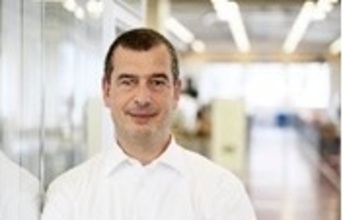
Roughing and finishing turbine housings is particularly challenging in the case of passenger cars with spark-ignition engines. The material is extremely tough and difficult to machine and the walls are thin, which therefore makes the workpiece unstable and the cost pressure high. But the market is growing. For this reason, Walter has developed a special solution. Component Manager Rolf Buob explains.
Manufacturing a turbocharger requires many different machining steps. How was it decided that the process of milling the housing should be the area to give rise to new developments?
The proportion of tool costs for roughing and finishing a turbine housing amounts to approximately 15% of the total costs. In contrast to other machining processes, substitution is relatively simple.
A corresponding development that both reduces the costs per part and improves quality can guarantee progress, both for the housing manufacturer and the tool supplier.
What measures did you implement in order to achieve this?
We use the same indexable inserts as semi-finishing and finishing inserts. This is new for this type of tool. Additionally, the indexable inserts each have 16 cutting edges with increased service lives and therefore increased usability. As a result, the costs per component for the metal cutting tool, which are all-important in the automotive industry, are reduced by up to 40% - in some cases up to 70%.
The costs of cutting tool material for the turbine housing come to approximately 50% of the total costs of the component. In machining production environments, this is usually around 4%.
Milling applications represent between 10% and 20% of the costs of cutting tool material - divided approximately equally between roughing and finishing. We expect to see an overall effect of approximately 4.5-5% on the costs of a turbocharger, which can be achieved very quickly.
(Continued on the next page)



























